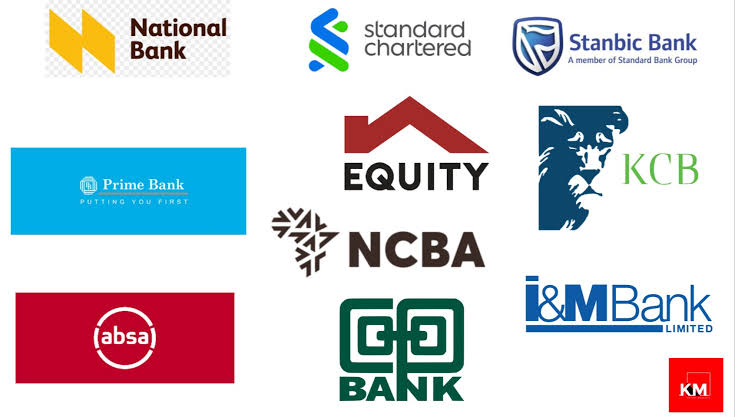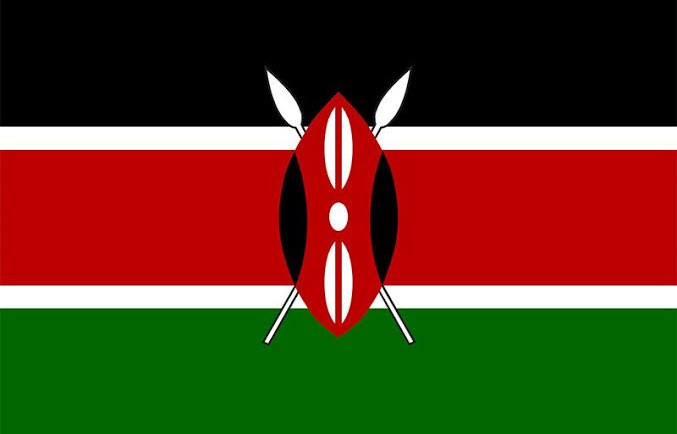
Here is a list of Kenya’s most affordable and priciest banks as of 2023.
According to the analysis, First Community Bank (FCB) offers the lowest loan rate among the examined commercial banks, which is 9%. The bank with the highest loan rate, however, is listed as Credit Bank, at 17.6%.
According to a recent study, First Community Bank (FCB), Ecobank Kenya, and HF Bank have Kenya’s lowest interest rates. On the other hand, bigger players with greater interest rates are featured, like Absa and Equity Group.
Out of the 39 commercial banks examined, 27 of them increased their total lending rates in the three months before to March 2023, according to statistics from the Central Bank of Kenya (CBK).
Below are the top 10 cheapest banks in Kenya:
First Community Bank (FCB) – 9%
Ecobank – 10.7%
HFC – 11%
Access Bank – 11.2%
Consolidated Bank – 11.6%
Habib Bank – 11.9%
DTB – 12.1%
Citibank – 12.2%
KCB – 12.3%
StanChart – 12.3%
When it comes to rates on the other end of the spectrum, Credit Bank leads the pack with an average lending rate of 17.6 percent, followed by Middle East Bank (16%) and Sidian (14.9%).
The two major competitors in the banking industry, Absa and Equity Bank Kenya, are placed sixth and seventh in terms of loan rates. With an average interest rate of 14.2 percent, Absa leads Equity Bank Kenya, which is closely followed by a rate of 14.1 percent.
Below are the top ten most expensive banks:
Credit Bank – 17.6%
Middle East – 16%
Sidian – 14.9%
CIB – 14.7%
Victoria Bank – 14.5%
Absa Bank – 14.2%
Equity Bank – 14.1%
M-Oriental – 14%
Kingdom Bank – 13.8%
SBM Bank – 13.7%
In January 2023, Equity Bank Kenya informed its clients that it was reviewing its loan rates. The bank developed a risk-based pricing methodology as part of this evaluation, which led to loan rates that ranged from 12.5% to 21.02%.
The benchmark lending rate of the Central Bank of Kenya (CBK) was raised to 9.5 percent in March 2023. This choice was adopted as an anti-inflationary strategy to deal with escalating inflationary pressures.
The goal was to lower the inflation rate, which did so in April 2023, dropping from 7.9 percent in March 2023 to 9.2 percent in April. But it’s crucial to remember that for 11 straight months, inflation has exceeded the government’s desired upper bound of 7.5 percent.
Business Daily, a local journal, claims that large banks’ greater cost of borrowing can be due to their strong pricing power, which is backed by elements like a broad distribution network, the availability of several services, and well-known brands.
Smaller lenders, as opposed to larger banks, must compete for consumers, which frequently prompts them to provide credit at relatively lower interest rates.


